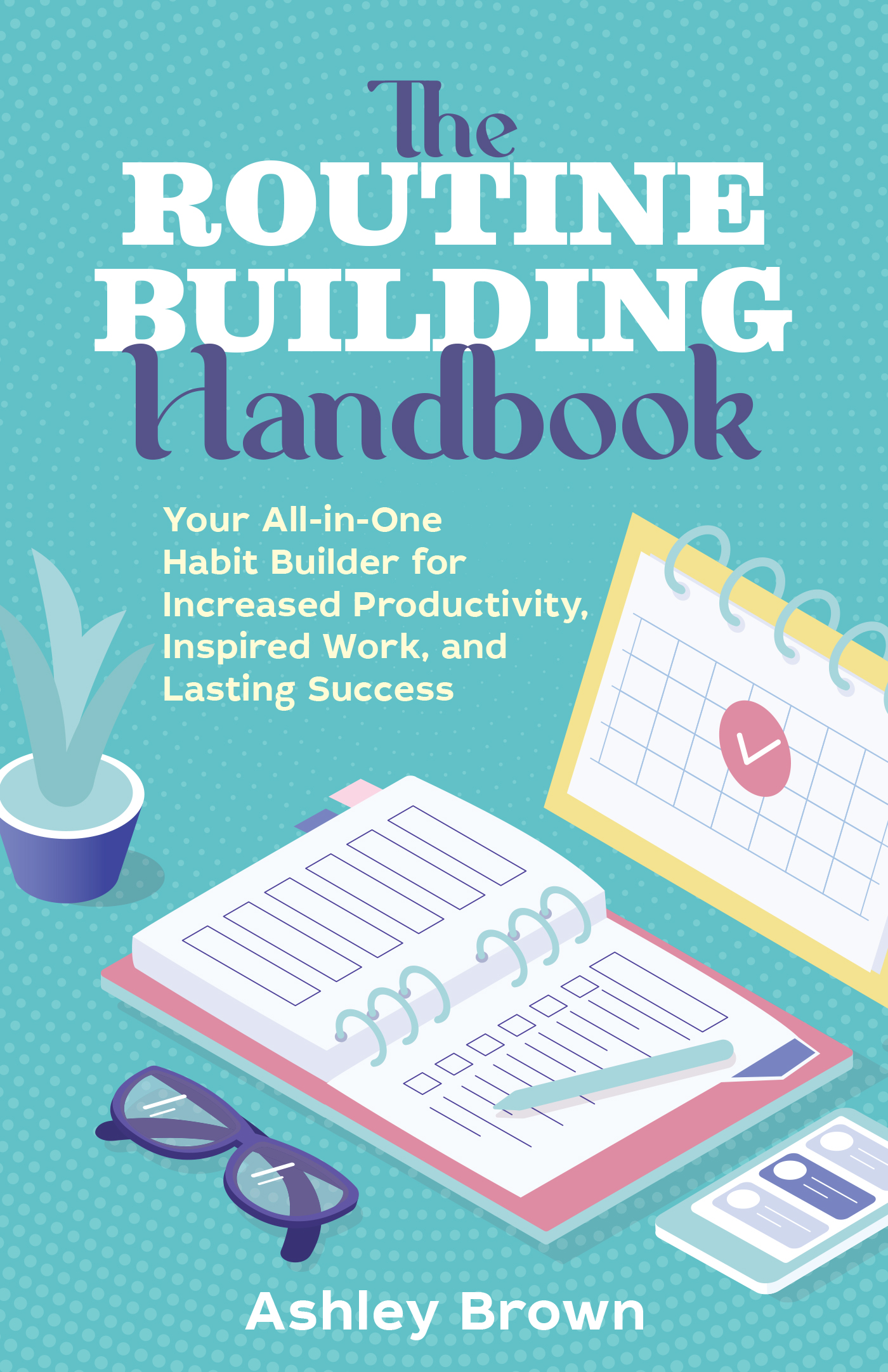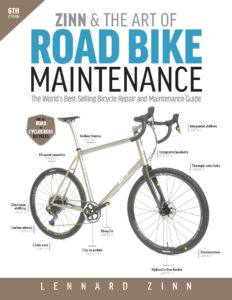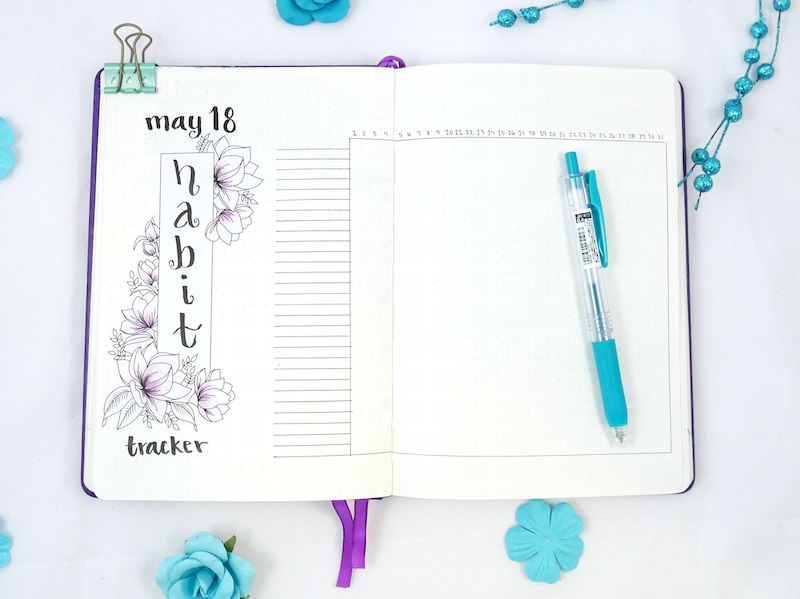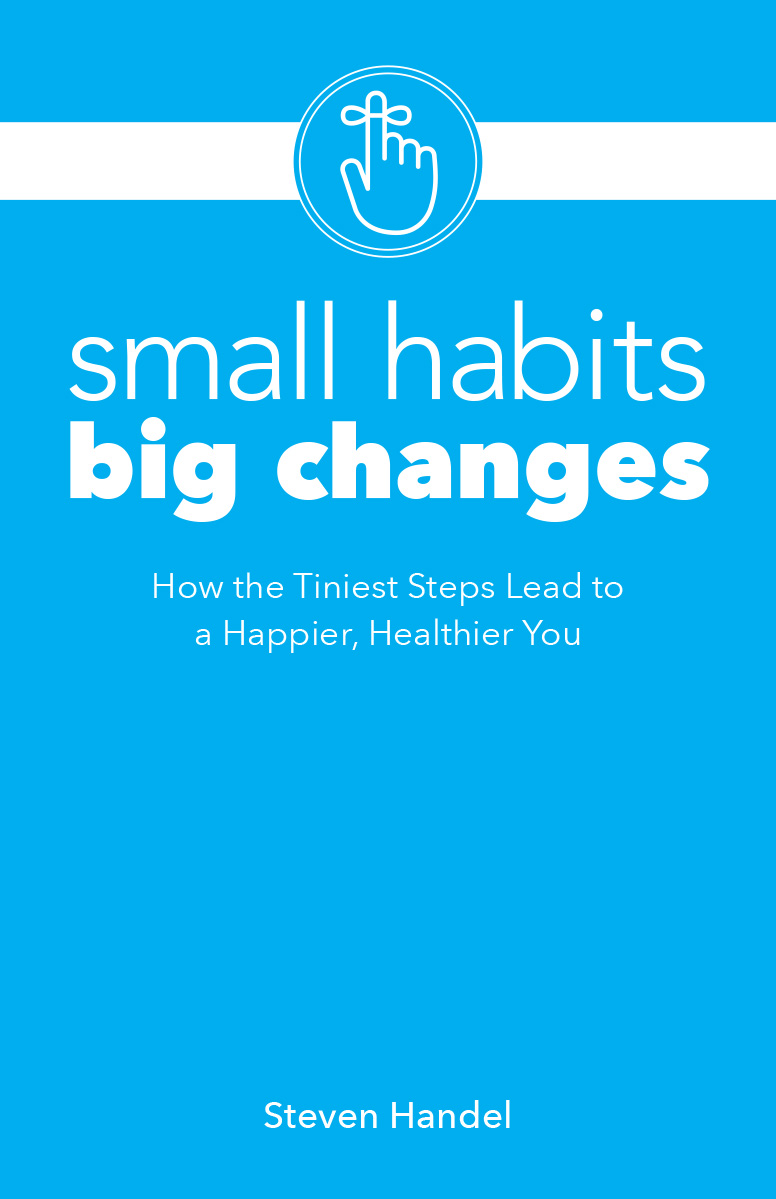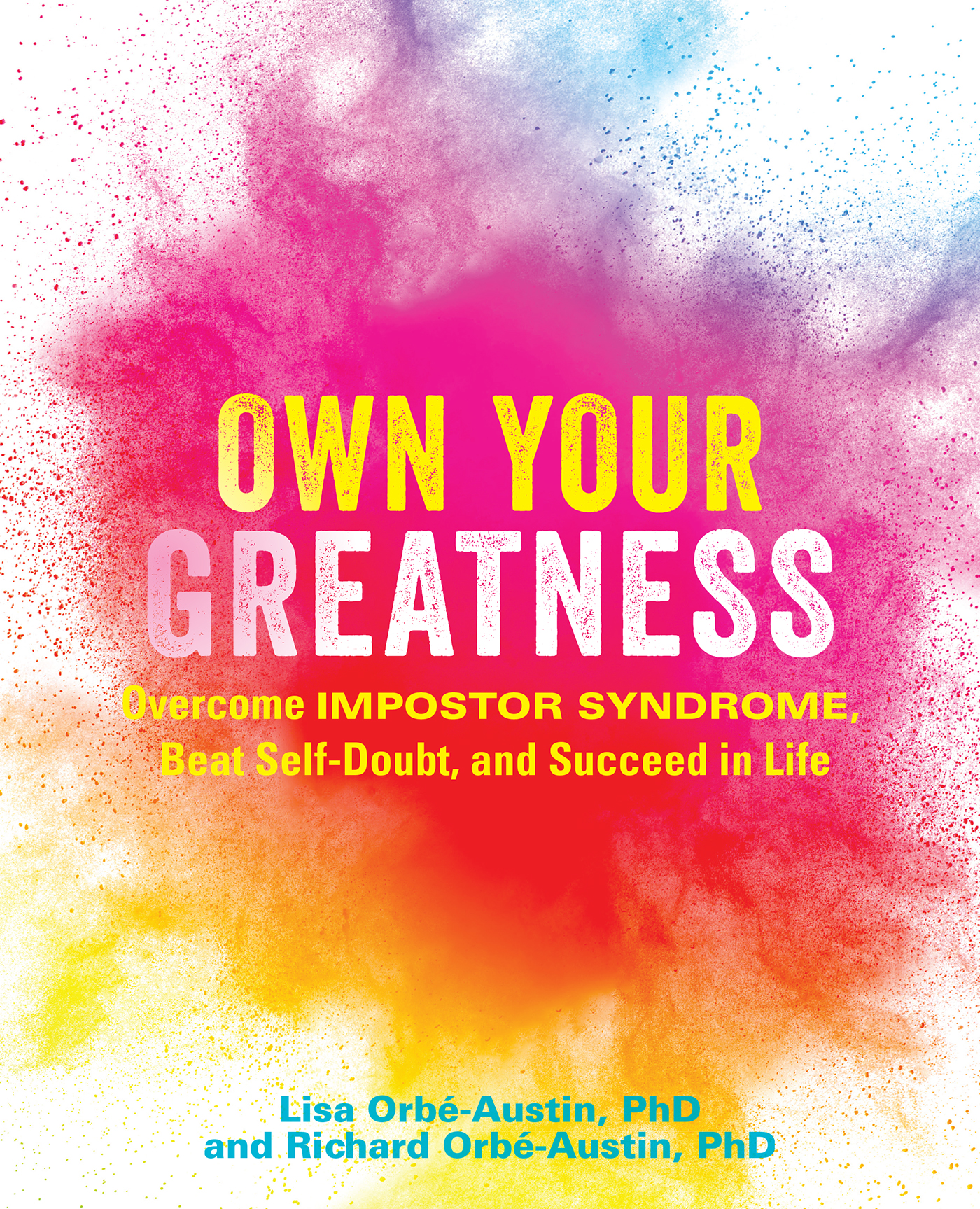
How to Build the Best Morning Routine
- Book Sample /
- Self-Help
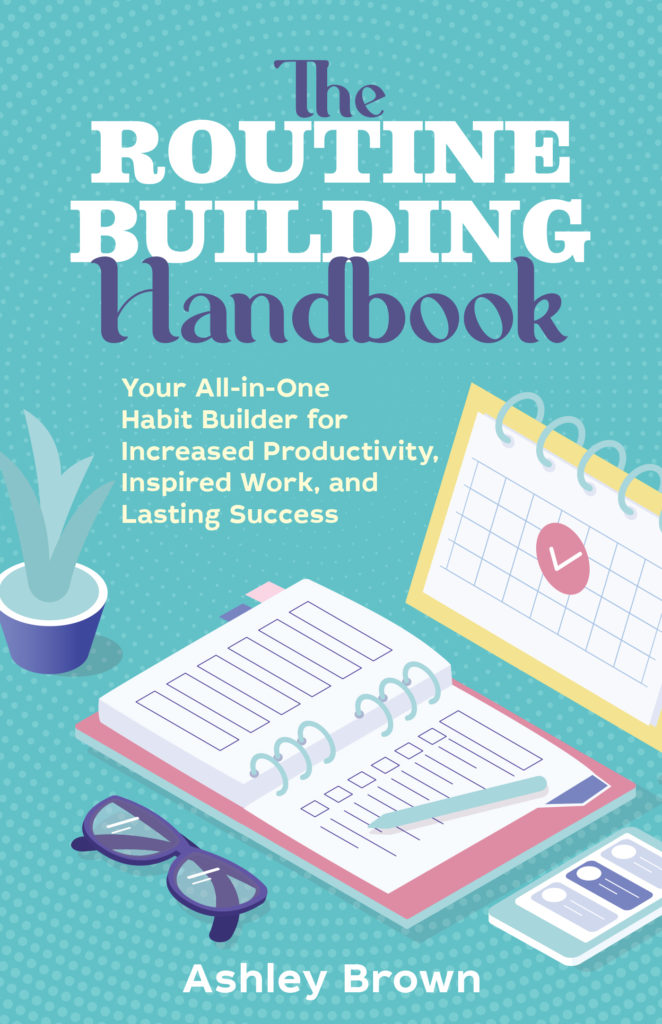 Now is the best time to start a morning routine if you don’t already have one–for one reason,”now” is always the best time to start something good, but for another, now you have the resource you’ve been missing: Ashley Brown’s The Routine Building Handbook. Packed with everything you need to design the perfect morning routine, self-care routine, cleaning routine, or whatever routine you need to achieve your goals, and live a happier, more organized life, Ashley’s book is based on her years of experience helping clients through her business, Routine and Things.
Now is the best time to start a morning routine if you don’t already have one–for one reason,”now” is always the best time to start something good, but for another, now you have the resource you’ve been missing: Ashley Brown’s The Routine Building Handbook. Packed with everything you need to design the perfect morning routine, self-care routine, cleaning routine, or whatever routine you need to achieve your goals, and live a happier, more organized life, Ashley’s book is based on her years of experience helping clients through her business, Routine and Things.
Read on for an adapted excerpt from her book to learn more about the first step to building a good morning routine, or anytime routine!
Choose the Right Routine
When my life was in shambles as a stay-at-home mom, the first routine I started was a morning routine. Not too surprising, right? It seems everyone wants a great morning routine, but let me tell you why I chose to start with this one. I needed to find myself again. I viewed my morning routine as self-care because I was able to focus solely on myself without distractions and before the daily needs of my family began. I knew that in order to rediscover who I was, I needed to care for myself constantly, and my morning routine provided this opportunity.
Making the decision to bypass starting a laundry routine or kitchen routine was an easy choice. I knew in order to give to my home fully, I had to give to myself first. Choosing to create a self-care routine to put myself first was a no-brainer. If choosing which routine to start isn’t as easy, rest assured, there are ways to make decision-making a simple process.
Improving Your Current Routines
Whether you realize it or not, you currently have routines. You do the laundry regularly, have a flow to your morning, and clean the kitchen in a particular way. Decision-making starts with examining the indications for a new routine. Here are three major indications that you need to improve a routine:
1. Something is missing. The routine lacks a certain action that could make the process smoother or more efficient.
2. The routine is outdated. You continue to do the same routine although it doesn’t feel in alignment with your current lifestyle.
3. It could be better. When doing the routine, you wish there was a simpler way of going about it.
Determining which routine to create and start can be daunting. The most common routines you can create include morning, exercise, and skin care routines, but the list is pretty endless. It can be overwhelming to decide which part of your life gets priority when many parts need improving.
Step 1: Determine Which Routines Work for You
It’s easy to focus on what’s not working versus what’s going well. By paying attention to which routines are actually working in your life, you’ll lessen the possibility of getting stuck on the hamster wheel of stress and confusion. You’ll be able to clearly determine the routines greatly supporting your life and better identify the routines most important to adopt in this current season. To determine if your routine is working well for your life, ask yourself the following questions.
• Does it make my life easier to manage?
• Is it tolerable and simple to maintain?
• Does it lessen my load (physical, mental, emotional) in this season of life?
• Does it help me remain intentional and proactive?
Step 2: Do a Gut Check and/or Complete a Routine Assessment
Your intuition is powerful and instinctively knows what you need. When deciding which routine to start, do a simple gut check. This can look like asking yourself what you need most right now and trusting the first thing that comes to mind. It can look like you getting still and examining which area of your home and life has been causing you immense frustration and/or anxiety. Trust that your intuition knows what’s best, and follow it.
If you’re not quite sold on allowing your intuition to lead your decision-making and would rather have information to guide your decision, completing a routine assessment is another option. A routine assessment is a simple process of examining your current routines in order to determine which to improve first. However, this can be a daunting task if you believe you don’t have any routines to assess or you’re unsure of where to start.
Begin by assessing where you can make improvements. To guide your assessments, the series of questions below give you the opportunity to acknowledge which routines are not serving your life so you can begin to create a plan of action.
Routine Assessment Activity
Write down the name of every routine category you will assess, using a different row for each category. Assess each category with the following three questions, writing “yes” or “no” next to the routine category.
Question 1: Does this routine constantly cause you anxiety or frustration?
Question 2: Do you often overlook or skip this routine?
Question 3: Do you believe improving this routine would create ease in your life?
Look at your responses. If you answered “yes” two or more times within any given category, this indicates your routine needs improvement.
Once you have identified which routines need refining, it’s time to commit to working on only one routine category. Focusing on one will make the routine-building process simpler and more manageable. If you’re struggling to decide which routine category to focus on, I suggest starting with the simplest routine to get up and going, or this could be the perfect time to do a gut check.
Step 3: Choose Your Focus
Once you have chosen the routine category to focus your attention on, it’s best for you to select a specific routine within your chosen category. Doing so will give you the clarity and confidence needed to create and maintain the routine. There are a plethora of routines you can create within each category, but only choose one to start with. For example, which specific routine do you want to cultivate as a way to care for yourself? Where exactly in your child’s day do they need more structure? Details matter when you are routine building. The more niche your routine, the smoother the process.
In the Routine Chart below, you’ll notice the five routine categories and specific routines associated with each. This is by no means a complete list but rather some examples I believe are useful. Feel free to adjust or add to the list as needed. If you don’t see a routine listed that you want to start, get creative and title your own routine. For example, I had never heard of a rest routine before creating my own, and now it has become a huge part of my self-care.
Remember, you make the rules for your routines!
The Routine Building Handbook
Discover the power of starting, creating, and maintaining daily routines and rituals to help you decrease your stress levels, improve your sleep, and build a productive, joyful life in this easy-to-use practical guide. Getting everything done on your to-do list all while maintaining a healthy lifestyle is overwhelming. Routines are crucial
Learn more